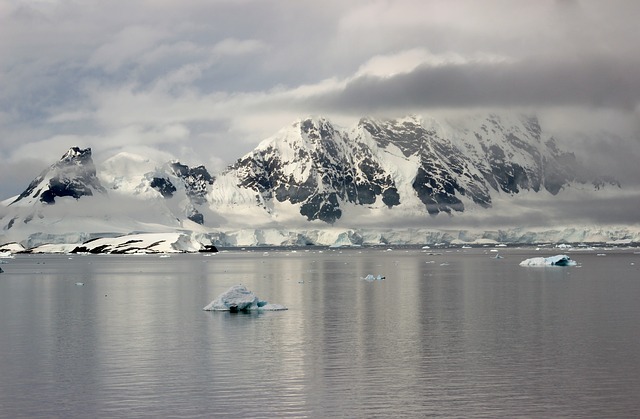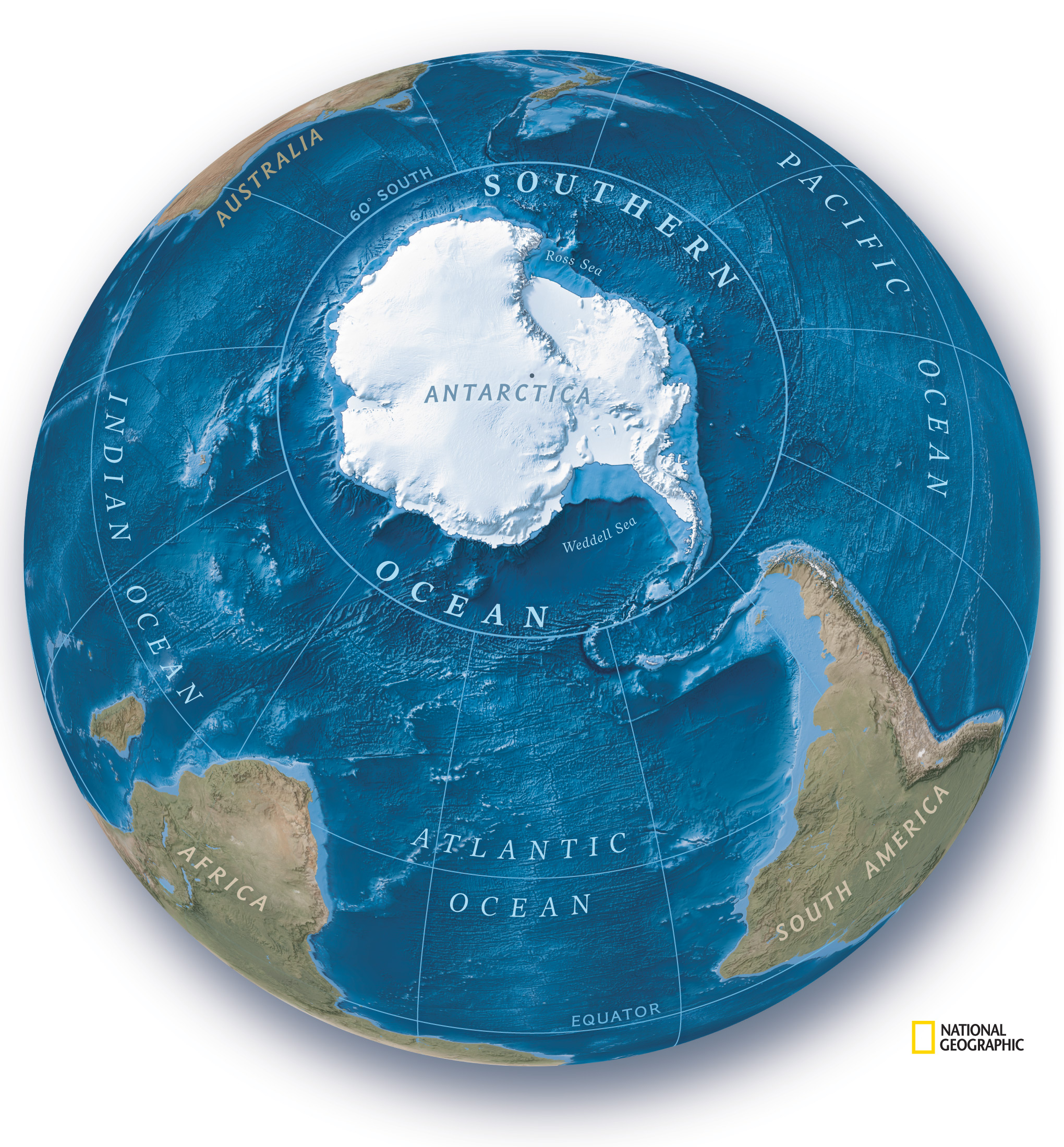
The icy waters surrounding Antarctica have long been called the Southern Ocean by scientists, the media, and even the US Board on Geographical Names. However, it never received the official recognition it deserved - until now. On June 8, 2021, the National Geographic Society, which has been making maps since 1915, announced that from now on, there would be five oceans: the Atlantic, Pacific, Indian, Arctic, and Southern Ocean. Fittingly, the decision was revealed on World Oceans Day!
National Geographic's map policy committee maintains they had been considering making the change for many years. However, it is only recently that the geographers decided that the Southern Ocean was not just an extension of the Pacific, Atlantic, and Indian Oceans. It had the unique characteristics required to deserve its own name.
"Our maps are updated. The Southern Ocean is treated the same as the traditional four, and the next quiz question about the number of oceans has an updated official answer from National Geographic—five!" the Society officials declared on Twitter.

NGM Staff. Eric Knight/Sources: NASA/JPL; Green Marble)
Alex Tait, a National Geographic Society geographer, says that the change reflects the Society's desire to draw public attention to protecting the Southern Ocean's unique and fragile marine ecosystem. “We’ve always labeled it, but we labeled it slightly differently [than other oceans],” Tait explains. “This change was taking the last step and saying we want to recognize it because of its ecological separation.”
The new ocean will include most of the waters around Antarctica out to 60 degrees south latitude, excluding the Drake Passage and the Scotia Sea. Unlike the other oceans, whose boundaries are defined by the surrounding continents, the extent of the Southern Ocean is determined by the Antarctic Circumpolar Current (ACC) — the Earth's longest and strongest oceanic current.
The ACC was established 34 million years ago when Antarctica broke off from South America, enabling the water to freely flow around Earth's southernmost tip. Its water is colder and less salty than the ocean waters to the north and provides a unique habitat for thousands of species, including whales, penguins, and seals. Extending from the surface to the ocean floor, the ACC also significantly impacts Earth's climate. The powerful current, which draws in water from the Atlantic, Pacific, and Indian Oceans, acts like a conveyor belt distributing heat around the planet.
Tait believes the official recognition of the Southern Ocean will influence how children see the world. “I think one of the biggest impacts is through education,” he says. “Students learn information about the ocean world through what oceans you’re studying. If you don’t include the Southern Ocean, then you don’t learn the specifics of it and how important it is.”
Resources: www.nationalgeographic.com, ecowatch.com,Yahoo,com
